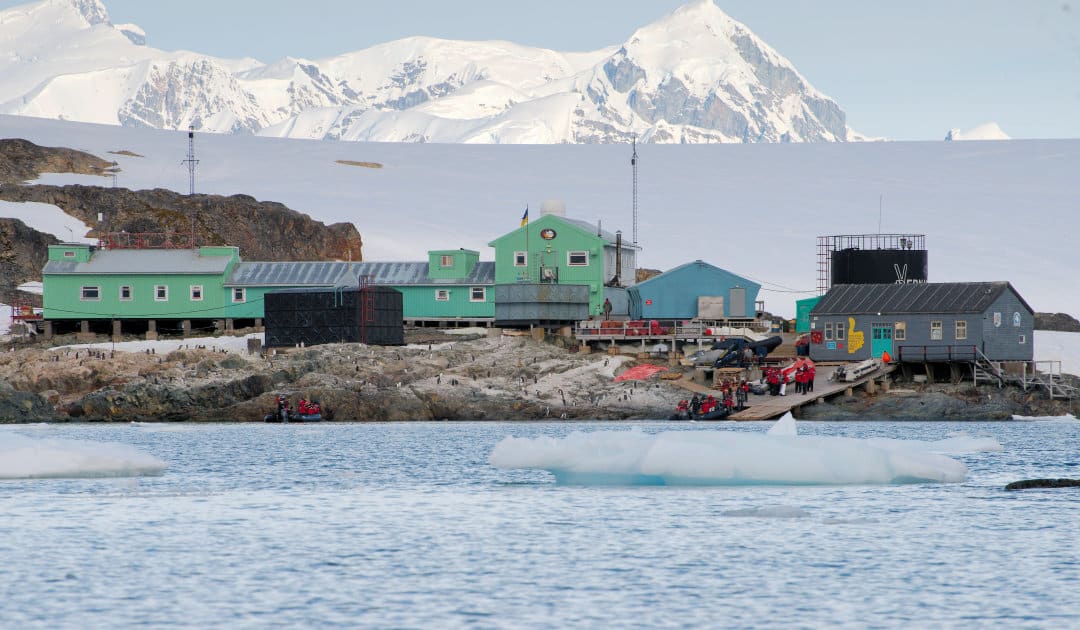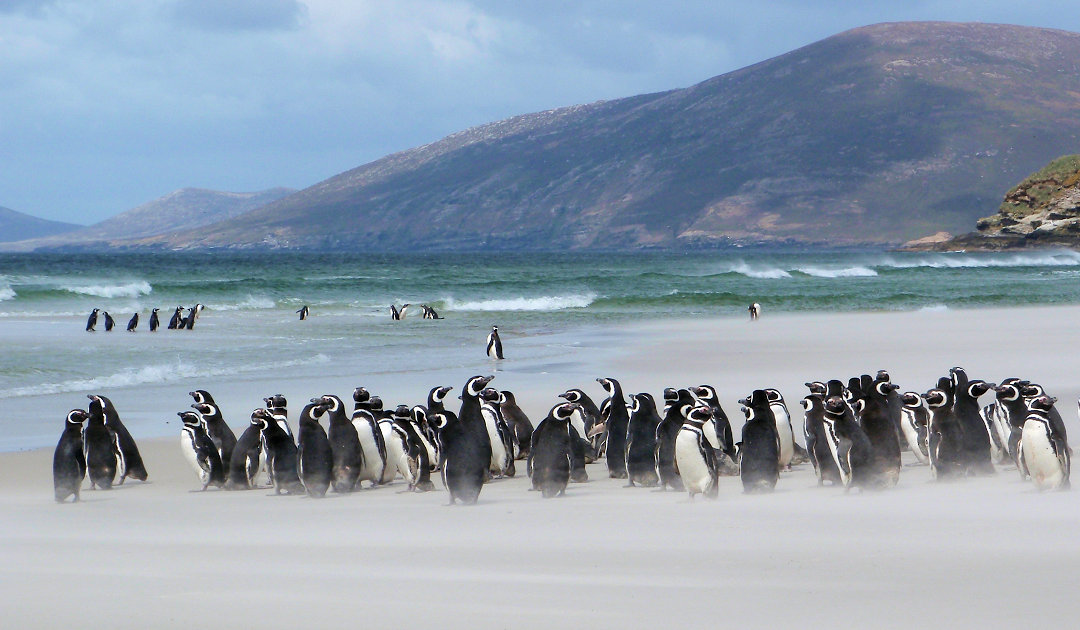
No visiting any seabird colony and even getting near a larger aggregation of birds in and around gateways to Antarctica and close monitoring of animals at landing sites prior to landings at colonies are the latest measures the USAP has posted on its website. This is to prevent researchers or station personnel from accidentally introducing the HPAI H5N1 virus into colonies of penguins or seals in Antarctica. “There is a very high risk that the highly contagious HPAI-H5N1 avian influenza virus will arrive in the Southern Ocean during the 2023/24 Southern summer season,” USAP wrote in its news release.

The measures, which are on the USAP website, apply to anyone who will be stationed at the Amundsen-Scott, McMurdo or Palmer this season, no matter how long or for what purpose. The authorities consider the latter to be particularly at risk, since it is supplied with icebreakers from Punta Arenas. However, because the virus is now widespread in Chile and is blamed for the deaths of some 900 Magellanic penguins and about 3,300 sea lions, they warn against visiting a penguin colony or other regions where seabirds or seals are common.
But these two measures are only two of a whole catalog that had already been introduced last year and was supported by both the Council of Managers of National Antarctic Programs COMNAP and the Association of Antarctic Tour Operators IAATO. These include thorough disinfection of everything that has been in contact with the ground (boots, poles, sticks, etc.), no sitting, kneeling or lying down when animals are nearby, a complete ban on touching dead animals. Additionally, any groups visiting colonies were asked top report unusual behavior by birds and seals.
The virus spreads mainly through the movement of migratory birds, seabirds and seals. But this can hardly be prevented, while the risk of human-caused introduction can be reduced if measures are applied conscientiously. Last year, no cases of an HPAI H5N1 outbreak had been reported. But at that time, the virus had not yet come close either. In addition, it was not known at the time how severely it would affect marine mammals such as seals. “HPAI results in very rapid and very high mortality (up to 100 percent) in infected animal groups,” experts say.

It is not only Antarctica and the subantarctic islands that are concerned about the virus that is spreading ever further south. It also affects the Falkland Islands where many seabirds will fly to this summer to give birth to their offspring after having filled their bellies around the coasts of South America. They pose the greatest risk of introducing the HPAI H5N1 virus. To prevent visitors from increasing the risk, protective measures are now in place here as well.
Although the measures have only been communicated by USAP, other national research programs are likely considering similar tightening. Whether the IAATO will also call for stops of visiting bird or seal colonies outside Antarctica, or at least advise against it, will be clear soon.
Dr Michael Wenger, PolarJournal
Link to the website of the USAP
More about this topic





